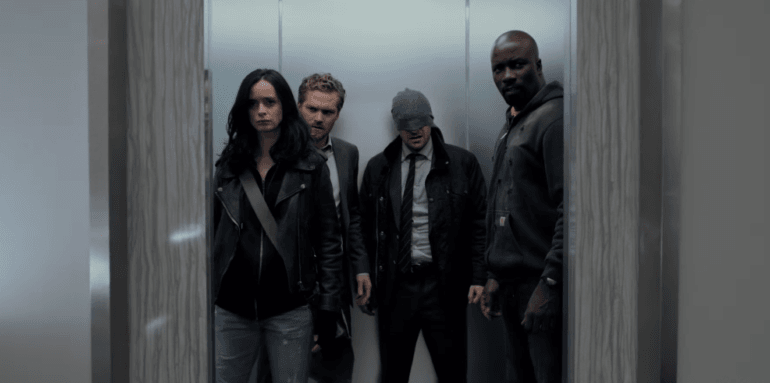
When Netflix started cancelling their Marvel shows, no one fully realized what was happening. After all, they started with ‘Iron Fist’ – by far the most poorly received of the bunch – and ‘Luke Cage’, which for all the critical acclaim it garnered seemed to have lost audience momentum going into its second season. That all changed when ‘Daredevil’, the streaming monolith’s most watched Marvel series, was cancelled. This confirmed that there was more at play than a simple question of quality or lack of viewership, leaving the unavoidable suspicion (which would ultimately be proven true) that the remaining shows were on borrowed time.
So why, then, was the superhero slate cancelled? When ‘Daredevil’ went, the popular (though unsubstantiated) theory was that it was a result of Disney seeking to bring their streaming content under one roof ahead of the launch of their Disney+ streaming platform later this year. Superficially, it makes sense, which is likely why it took hold. But even if it were the case, Disney would be contractually prohibited from doing anything with those shows for two years following their cancellations, which leaves the question open.
Speaking with Decider, Marvel Television head Jeph Loeb noted that the Netflix shows “had different reasons” for ending, adding that he was not at liberty to get into the specifics involved with the decision. He did, however, confirm that it was “a situation where the network made a decision,” confirming that Marvel and Disney had nothing to do with that decision.
However, Loeb did not rule out a return for any of the currently ending shows (including the FX series ‘Legion’, which it should be noted is ending on its own terms following its upcoming third season). Referencing the characters’ comic book origins, Loeb told the interviewer that “When you think about Marvel heroes and villains in general, it says “The End” and then at the bottom it says “To be continued…” I don’t feel like there’s a world where the story ends.”
